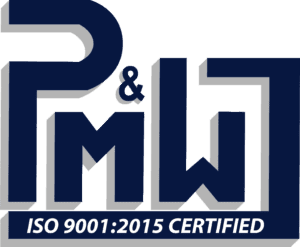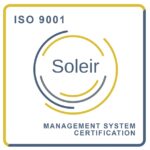Enclosed motors are critical components in many industrial applications, especially those involving hazardous environments. Ensuring their reliability and performance requires adherence to standardized testing protocols. IEEE 841, a widely recognized standard for severe-duty motors, provides detailed guidelines to verify that enclosed motors meet stringent operational and safety requirements. Understanding and implementing proper test protocols per IEEE 841 is essential for motor manufacturers, repair shops, and end-users to guarantee optimal motor function and longevity.
Overview of IEEE 841 Standard
IEEE 841 is specifically designed for severe-duty, totally enclosed, fan-cooled (TEFC) squirrel-cage induction motors. These motors are commonly used in petrochemical plants, refineries, and other harsh environments where reliability is paramount. The standard defines design, construction, and testing requirements to ensure that motors can withstand demanding operating conditions including exposure to corrosive atmospheres, high temperatures, and mechanical stresses.
Key Test Protocols Required by IEEE 841
IEEE 841 outlines a comprehensive set of tests to validate motor integrity and performance. These tests verify electrical, mechanical, and thermal properties to ensure compliance with the standard. The primary test categories include:
- Routine Tests: Conducted on every motor to confirm basic performance and safety.
- Design Tests: Performed on prototype motors to validate design criteria.
- Special Tests: Optional or as requested, to address specific application requirements.
Routine Test Procedures
Routine tests are mandatory for each motor and serve as a first line of quality assurance. The main routine tests per IEEE 841 include:
- Insulation Resistance Test: Measures the insulation resistance of the stator windings using a megohmmeter, typically at 500 V DC. This ensures the insulation system is free from moisture and contamination.
- Dielectric Withstand Test (Hipot Test): Applies a high voltage between windings and the frame to verify insulation integrity without breakdown.
- No-Load Test: Runs the motor without load to measure no-load current, power, and speed, confirming proper motor operation.
- Locked Rotor Test: Applies voltage to the motor with the rotor locked to determine starting torque and current characteristics.
- Temperature Rise Test: Monitors motor temperature during operation at rated load to confirm it stays within IEEE 841 limits.
- Vibration Test: Checks motor vibration levels to ensure mechanical stability and proper balance.
Design Test Requirements
Design tests are typically conducted on prototype motors to verify construction and design parameters before full production. These include:
- Locked Rotor Current Test: Confirms starting current does not exceed design limits.
- Locked Rotor Torque Test: Ensures starting torque meets application needs.
- Locked Rotor Thermal Test: Assesses thermal withstand capability during locked rotor conditions.
- Temperature Rise Test: Validates thermal performance under rated load and ambient conditions.
- Insulation System Evaluation: Includes partial discharge and insulation power factor tests to assess long-term reliability.
Special Test Considerations
Depending on the motor’s application or customer requirements, additional special tests may be performed. These could include:
- Salt Spray Test: To verify corrosion resistance of the motor enclosure and components.
- High-Temperature Operation Test: To confirm motor performance under elevated ambient conditions.
- Noise Level Measurement: Ensures compliance with site-specific noise restrictions.
- Speed and Torque Curve Verification: For precise performance mapping.
Best Practices for Testing Enclosed Motors per IEEE 841
To maximize the effectiveness of IEEE 841 test protocols, consider the following best practices:
- Calibrate Test Equipment Regularly: Ensure accuracy and repeatability of measurements.
- Document All Test Results: Maintain detailed records for quality assurance and traceability.
- Conduct Tests in Controlled Environments: Minimize variability due to temperature, humidity, or contamination.
- Follow Manufacturer and IEEE Guidelines Precisely: Adherence to the standard ensures compliance and safety.
- Train Personnel Thoroughly: Skilled technicians reduce errors and improve test reliability.
Implementing proper test protocols as outlined in IEEE 841 is essential for guaranteeing the reliability, safety, and efficiency of enclosed motors in severe-duty applications. By following these standards, manufacturers and repair facilities can ensure motors perform optimally throughout their service life.
For expert assistance with IEEE 841 testing or motor repair and manufacturing services, contact The Pump & Motor Works, Inc. Our experienced team is ready to help you meet industry standards and maintain motor excellence.



